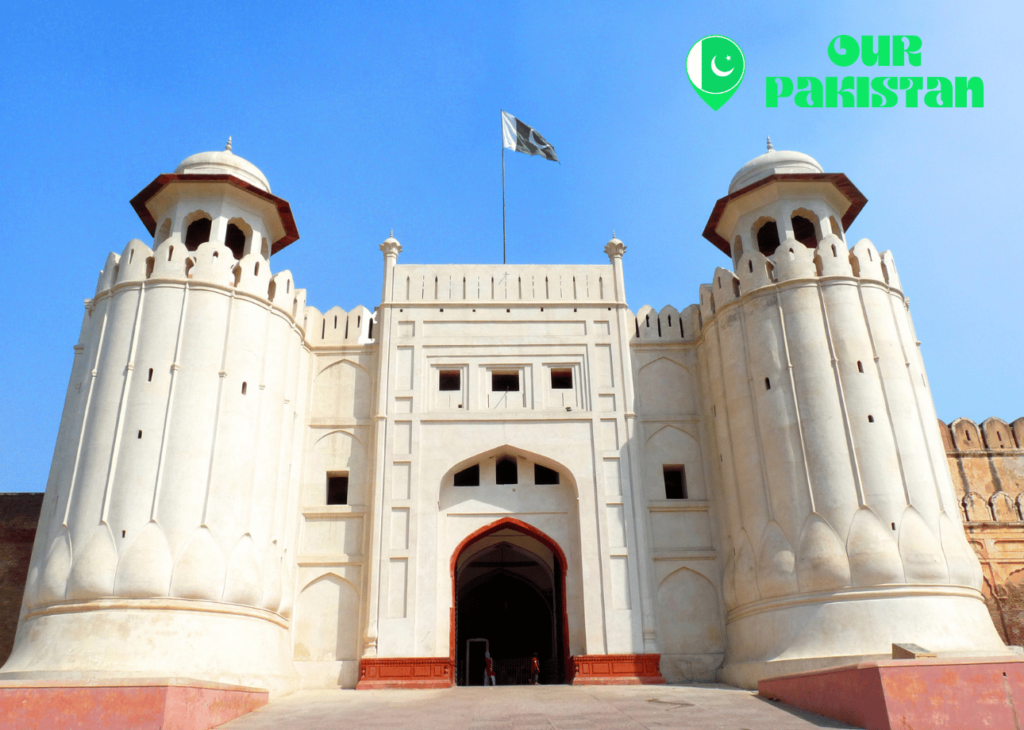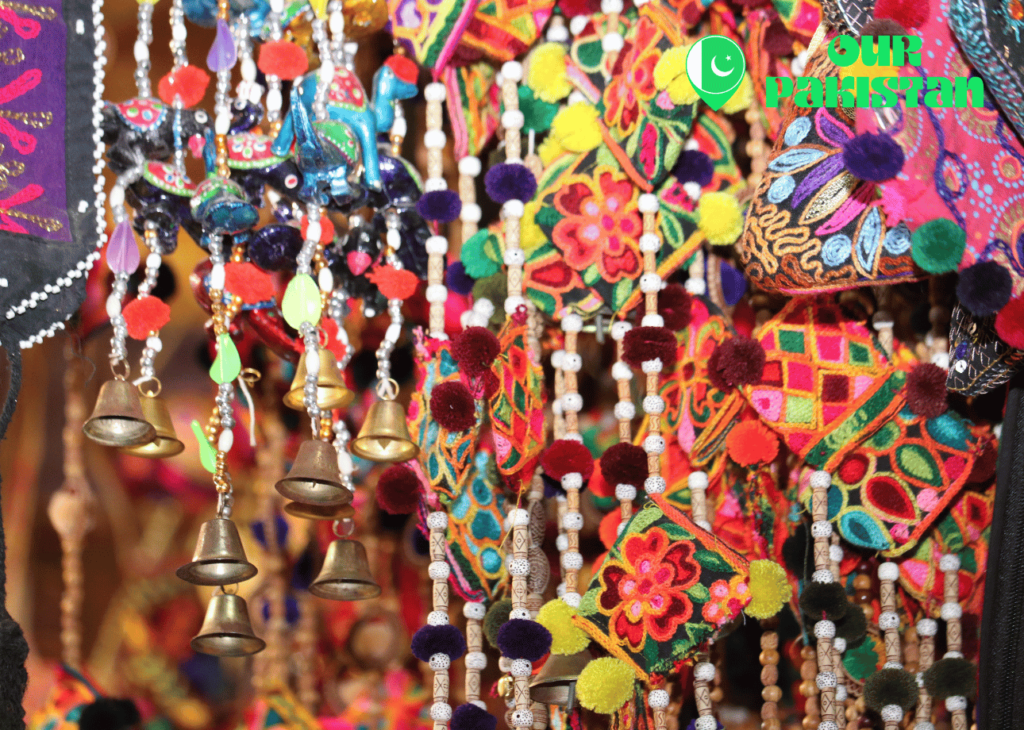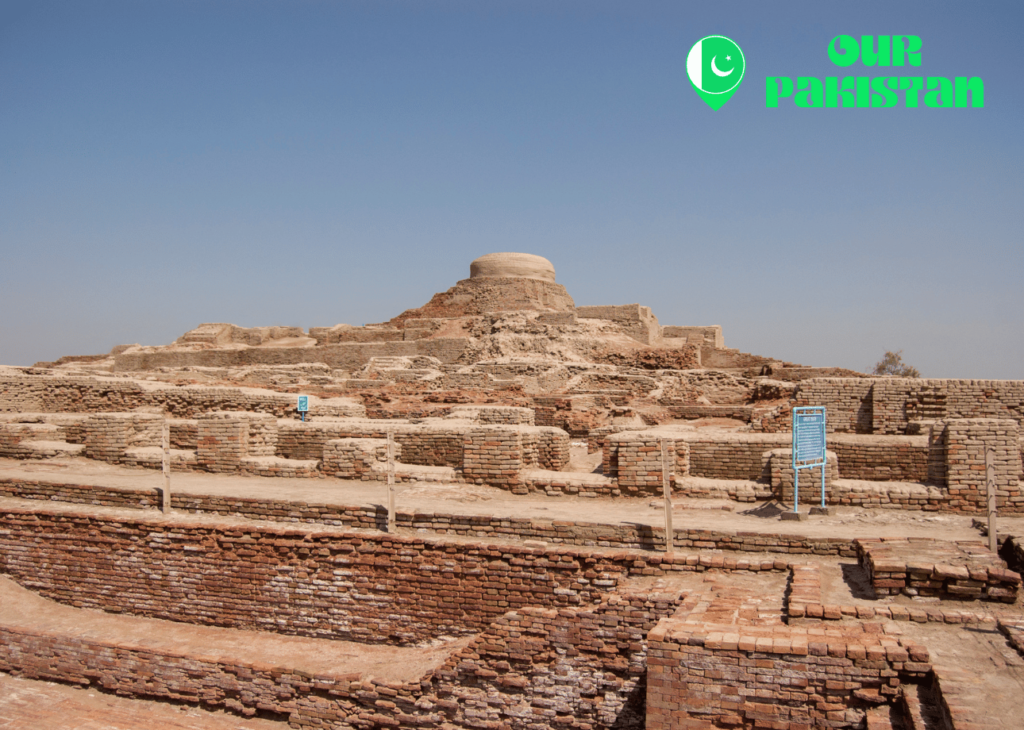Pakistan is a country known for its rich and diverse cultural heritage, which is of utmost importance for the nation. The cultural diversity in Pakistan reflects the unique blend of different regions, religions, ethnicities, and traditions. This article aims to delve into the various aspects of Pakistan’s cultural diversity, showcasing its geographical, ethnic, and religious variations, festivals and celebrations, traditional music and dance forms, art and craftsmanship, culinary delights, clothing and fashion, languages and literature, cultural heritage sites, modern cultural expressions, and the promotion of cultural understanding.
Geographical Diversity
Pakistan is blessed with an array of diverse landscapes and geographical regions that play a significant role in shaping the local cultures and traditions. From the towering mountains of the Karakoram and the sprawling plains of Punjab to the sandy deserts of Sindh and the picturesque beaches of Balochistan, each region exhibits its own unique cultural identity. The geographical diversity of Pakistan not only influences the lifestyle and occupations of its people but also shapes their customs, festivals, and artistic expressions.
Ethnic Diversity
Pakistan is home to a multitude of ethnic groups, each with its distinct cultural practices, languages, and customs. The major ethnic groups in Pakistan include Punjabis, Sindhis, Pashtuns, Balochis, and many more. Each group has its own set of traditions and rituals that have been passed down through generations, contributing to the vibrant cultural tapestry of the nation. Exploring the unique cultural heritage of these ethnic groups provides insights into the diverse traditions and values that coexist within Pakistan.

Religious Diversity
Religion plays a pivotal role in Pakistan’s cultural diversity, with Islam being the dominant religion. However, Pakistan also houses thriving communities of Hindus, Christians, Sikhs, and other religious minorities. These various religious groups celebrate their festivals with great fervor, showcasing the harmonious coexistence of different religious communities. The religious festivals hold immense significance for each community, fostering a sense of unity and belonging among its members.
Festivals and Celebrations
Pakistan is a land brimming with cultural and religious festivals that are celebrated throughout the year. From the colorful kite-flying festival of Basant in Punjab to the vibrant Navroz celebrations of the Ismaili community, each festival carries its own regional variations and cultural significance. Festivals like Eid-ul-Fitr, Eid-ul-Adha, Diwali, Holi, Christmas, and Baisakhi bring together people from different backgrounds, promoting unity and cross-cultural interactions. These celebrations offer a glimpse into the rich cultural fabric of Pakistan and its people.
Traditional Music and Dance
The musical heritage of Pakistan is as diverse as its people. Various musical genres, such as Qawwali, Sufi music, classical music, folk music, and pop music, have roots in different regions of the country. Traditional musical instruments like the sitar, tabla, dhol, and harmonium are used to create enchanting melodies that resonate with the emotions of the listeners. Similarly, traditional dances, such as the Bhangra, Kathak, Attan, and Kalash dance, showcase the unique cultural expressions and traditions of different regions.
Art and Craftsmanship
Pakistan boasts a rich heritage of art and craftsmanship, with skills passed down through generations. The intricate art forms of calligraphy, pottery, miniature paintings, and woodwork reflect the exquisite craftsmanship of Pakistani artisans. These traditional crafts not only contribute to the aesthetics of the country but also play a vital role in the local economies, providing livelihood opportunities for skilled artisans in rural and urban areas.
Culinary Delights
Pakistan’s cuisine is a tantalizing blend of flavors, influenced by the diverse cultures and regions of the country. Each province and ethnic group has its own signature dishes and delicacies, such as biryani, nihari, karahi, sajji, and haleem, which are relished by people across the nation. Street food, such as gol gappay, samosas, and pakoras, adds an extra zest to the culinary scene. Exploring the culinary delights of Pakistan is like embarking on a gustatory journey through its cultural diversity.
Clothing and Fashion
Traditional clothing styles in Pakistan exhibit vibrant colors, intricate embroideries, and unique designs that represent different provinces and cultures. From the flowing shalwar kameez and dupatta of Punjab to the intricately embellished Sindhi ajrak and mirror work of Sindh, traditional attire is a visual reflection of cultural identity. Furthermore, modern fashion trends have also made an impact on traditional attire, with fusion wear and contemporary designs giving a fresh twist to traditional clothing.

Languages and Literature
Pakistan is home to a multitude of languages, further enhancing its cultural diversity. Urdu, the national language, serves as a unifying force among the diverse linguistic communities. Each language carries its own significance, with rich literary traditions and contributions to the global literary landscape. Pakistani literature, encompassing works in Urdu, Punjabi, Sindhi, Balochi, Pashto, and other regional languages, showcases the depth of cultural expressions and diverse narratives.
Cultural Heritage Sites
Pakistan is proud to be the custodian of several UNESCO World Heritage Sites that bear testimony to its cultural history. Sites like the Lahore Fort, Shalimar Gardens, Taxila, Mohenjo-daro, and Makli Necropolis offer glimpses into the ancient civilizations, architectural marvels, and artistic excellence of the region. Preserving and promoting these cultural heritage sites is essential for Pakistan to cherish its rich past and share it with future generations.
Modern Cultural Expressions
In the modern era, Pakistani art, music, and cinema have embraced a fusion of traditional and contemporary elements. This fusion creates a unique cultural expression that blends the essence of Pakistan’s rich cultural heritage with the influences of globalization. The Pakistani film industry, commonly known as Lollywood, has witnessed an evolution, producing films that capture the vibrancy of local cultures while addressing contemporary issues. Similarly, contemporary artists and musicians blend traditional instruments and themes with modern genres, creating a global appeal.

Promoting Cultural Understanding
Appreciation and respect for cultural diversity are vital for fostering harmony and inclusivity in society. Cultural exchange and intercultural dialogue play a pivotal role in promoting mutual understanding and breaking down barriers. Initiatives undertaken by various organizations and institutions in Pakistan aim to create platforms for people from different cultural backgrounds to come together, celebrate their diversity, and build bridges of understanding, paving the way for a pluralistic and inclusive society.
Conclusion
Pakistan’s cultural diversity serves as a source of national pride, highlighting the mosaic of traditions, languages, festivals, art forms, and craftsmanship that make it unique. Embracing this diversity enables a pluralistic society that values and respects the rich cultural heritage of its people. By preserving and promoting Pakistan’s cultural identity, the nation can create an inclusive environment that cherishes its past while adapting to the demands of a globalized world. Cultural diversity is not just a celebration; it is the backbone of a vibrant society built on the pillars of unity, tolerance, and coexistence.